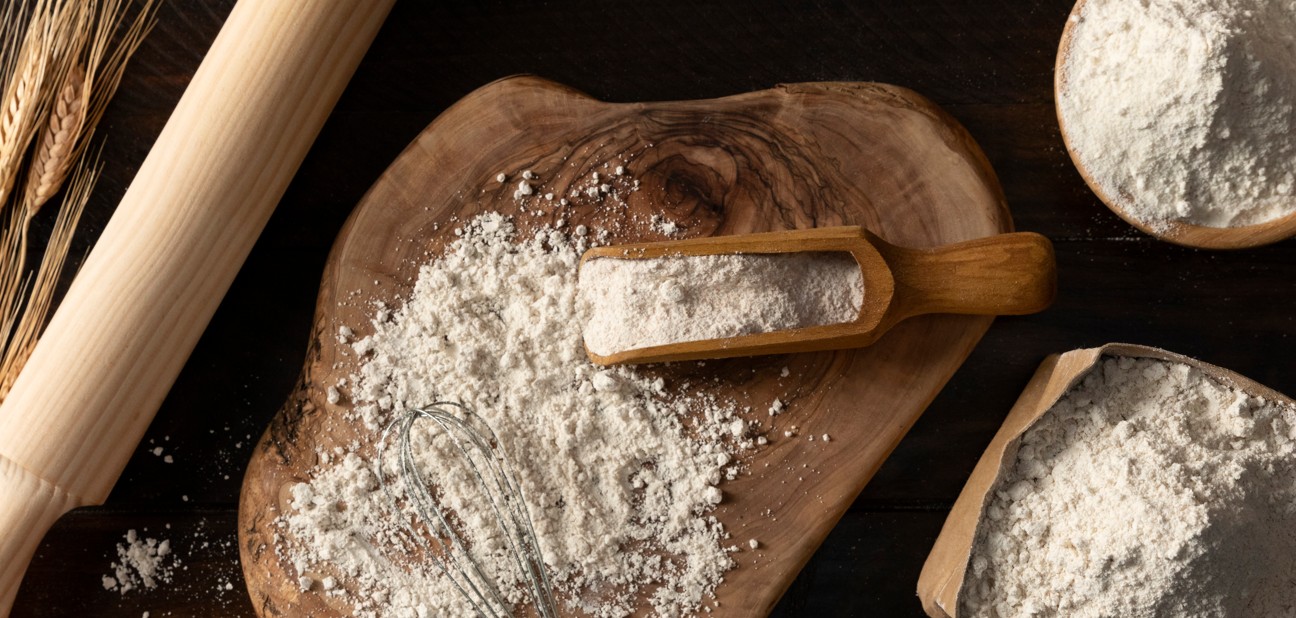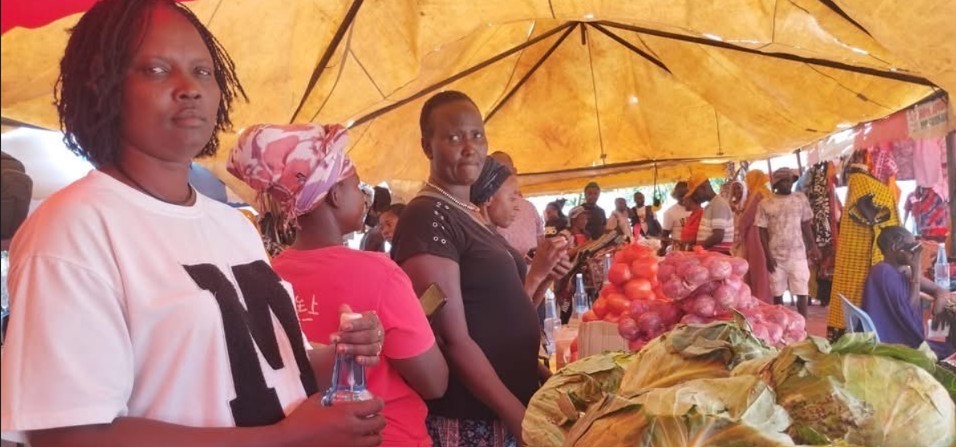Seven costly mistakes Kenyans make when buying wheat flour — and how to avoid them

Checking online reviews and consumer discussions can help you identify brands known for consistent freshness and quality.
If you love making chapati, mandazi, samosa, or pancakes, the quality of wheat flour you buy determines far more than just the taste.
Every Kenyan knows this—it’s a lesson passed down through generations that “The brand of wheat flour really matters.” That’s because it affects not only your family’s health and budget but also your overall cooking experience.
More To Read
- How to bake yummy banana bread for friends and family
- Flavours of the coast: How to make tasty mahamri at home
- World Bank urges 16 per cent VAT on meat, wheat flour, avocado, coffee to boost Kenya’s revenue
- Why samosa reigns supreme at Somali breakfast tables and snack culture
- Common baking mistakes and how to fix them
Yet, with supermarket shelves lined with brands labelled “fortified,” “premium,” or “stone-ground,” many Kenyans are left unsure of what truly matters when choosing their flour.
Recent reports from the Kenya Bureau of Standards (KEBS) reveal that although most local millers meet quality benchmarks, inconsistencies in fortification, storage, and expiry dates remain a concern.
Here’s what nutritionists and food safety experts recommend checking before adding that packet to your shopping basket:
1. Check for KEBS certification and fortification mark
The first rule when buying wheat flour in Kenya is to look for the KEBS Standardisation Mark (S-Mark). This mark proves that the product has been tested for safety, quality, and nutritional compliance.
By law, all wheat flour sold in Kenya must be fortified with essential micronutrients—including iron, zinc, folic acid, and B vitamins—to combat hidden hunger and anaemia, which affect millions of Kenyans.
“If it lacks the fortification logo or the KEBS mark, avoid it completely,” warns Dr Mary Wanjiku, a Nairobi-based nutritionist.
“You may be buying an unregulated or counterfeit product.”
2. Read the expiry date and consider storage
Wheat flour has a relatively short shelf life, especially in Kenya’s warm climate. Always check the manufacture and expiry dates printed near the seal, and avoid packets that have been on the shelf for more than six months or show any signs of damage.
Proper storage is equally important. Flour exposed to moisture, heat, or light quickly loses quality and may even grow mould. When shopping in local markets or small dukas, ensure packets are sealed, clean, and stored off the floor.
“If you notice lumps, a sour smell, or discolouration, that flour has gone bad,” Wanjiku says.
3. Know the type of flour you need
Not all wheat flour is the same. In Kenya, the two most common types are:
• All-purpose flour (Atta or plain flour): Best for chapati, pancakes, and pastries.
• Self-raising flour: Contains baking powder and salt, ideal for cakes and mandazi.
If you’re trying whole-wheat chapati or healthier recipes, opt for wholemeal flour, which retains bran and fibre to aid digestion. Some Kenyan millers, such as Unga Limited and Exe, now offer fortified whole-wheat blends with improved texture and taste.
4. Inspect packaging and sealing
Inconsistent or poor packaging is a major red flag. Quality flour should be tightly sealed, moisture-proof, and clearly labelled with brand details, batch number, ingredients, and a fortification statement.
Avoid buying loose flour that has been repackaged into clear polythene bags in open-air markets. Such products are prone to contamination and lack traceability in the event of recalls or safety alerts.
KEBS warns that counterfeit flour—especially imitating popular brands like EXE, Dola, and Ajab—occasionally finds its way into informal markets. Consumers are advised to buy only from trusted retailers.
5. Price versus quality
In today’s tough economy, it’s tempting to grab the cheapest packet on the shelf. However, unusually low prices may indicate poor quality or substandard milling.
While higher prices don’t always mean better flour, reputable brands often invest more in consistent sourcing, fortification, and safe packaging. Comparing unit prices (cost per kilogram) can help you make an informed decision without compromising your family’s health.
“Saving twenty shillings isn’t worth it if the flour gives you digestive issues or lacks nutrients,” says Wanjiku.
6. Consistency and texture matter
Good-quality wheat flour should feel fine, smooth, and uniform when rubbed between your fingers. If it feels grainy, clumpy, or excessively powdery, it may have been poorly milled or exposed to moisture.
The best flour produces soft, elastic dough and consistent cooking results—whether you’re rolling chapati or baking bread.
Consistency is key. If your chapati turns out differently each time despite using the same recipe, the problem might be the flour, not your cooking.
7. Brand reputation and source
Stick to trusted, well-established brands with transparent sourcing and milling practices. Reputable companies typically use high-grade wheat grown in Kenya, Tanzania, or imported from Australia and Ukraine—regions known for quality grain.
“Don’t gamble with unknown brands just because they’re cheaper,” Wanjiku adds. “You could be buying poorly milled or adulterated products.”
Checking online reviews and consumer discussions can also help you identify brands known for consistent freshness and quality.
Kenya consumes over 900,000 tonnes of wheat flour annually, and demand continues to rise as urban households embrace faster meal options like pancakes, samosas, and chapati.
With that growing demand comes shared responsibility—producers must uphold quality standards, and consumers must make informed choices.
“Good chapati starts with good flour, and good flour starts with an informed buyer. In a market filled with options, knowledge, not price, is your best ingredient for a healthy, safe kitchen.”
Top Stories Today













































